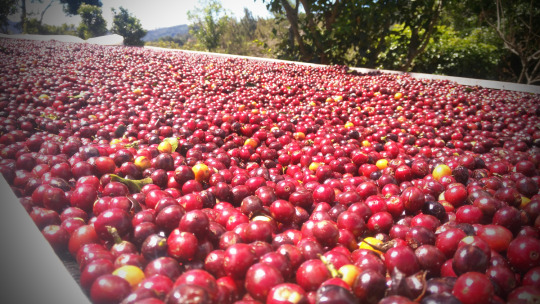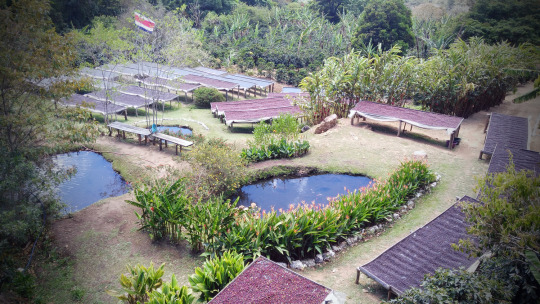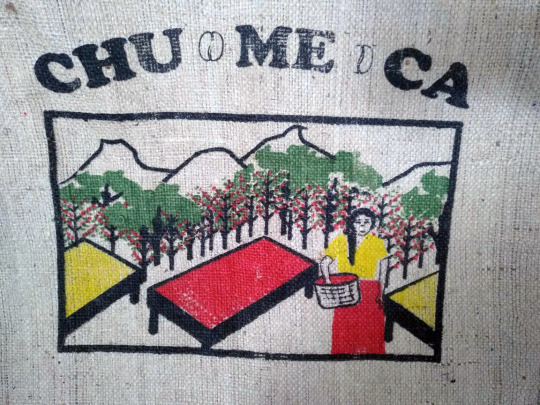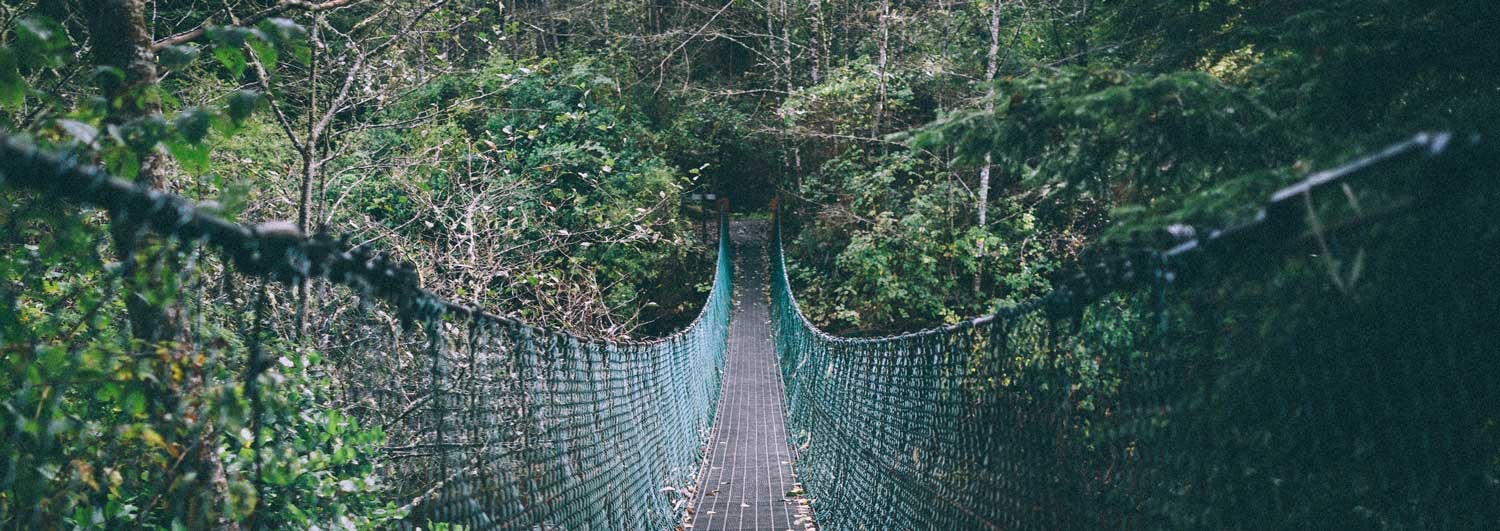The story of Costa Rica’s grano de oro – or golden bean - began in the late 18th century when arabica was first introduced to its rich volcanic soils and favourable climatic conditions in the central Meseta region. Coffee production has since flourished and is now a vitally important cash crop for the national economy. Although the country produces a small percentage of the world’s overall coffee production, it is highly regarded for the diversity of its varietals and award-winning cup profiles which has led some Costa Rican producers to enjoy their fair share of Cup of Excellence accolades in recent years.

While other Central American coffee producing countries opted for a more centralized coffee-plantation owner model, Costa Rica took a different path. Today, it still represents one of the most democratic models of coffee production in the world. This has been characterized by the ‘micro-mill revolution’ that has taken the country by storm in the past decade. In a country where 90 percent of all coffee producers cultivate less than 12 acres (five hectares) of land, the number of micro-mill facilities where producers grow, harvest, depulp and process their coffees on the farm has grown dramatically. Without this reliance on third-party millers, producers have been able to retain more of the the value of their coffee by cutting down on production costs. They also benefit from more freedom to experiment with innovative new processing methods before the coffee leaves the farm gate.

Representing the fifth generation of producers at Chumeca, based in the renowned Tarrazu region, Emilio José Urena Jimenez, talks about his shared sense of pride on the family-run farm: “Generations have passed but the good habits stay. My great grandfather’s sowed large quantities of coffee in this region. Then my grandparents took over and now my parents and brother are adopting the same love and care”. On the 8.4 hectare farm, a wide range of varietals are being cultivated for production including Red and Yellow Catuai, Caturra, Villa Sarchi, while other varietals such as Geisha, Pacamara, Sarchimor and Kenya are being experimented. The coffee is 100% sun-dried and Emilio says they have been introducing natural anaerobic process into the drying phase.
But producing specialty-grade coffee for export is not without its challenges, adds Emilio: “Maintaining quality is the hardest thing. It is very important that we focus on quality and not on quantity. We want people to know that in Chumeca, and Costa Rica, there is great coffee, and we work with dedication to produce a cup that will be enjoyed by people who admire our product”.
However, the 22 year-old who is studying to be a mathematics teacher highlights a trend that he seeing amongst his own generation: “A large number of our generation are identifying themselves more with what happens after the harvest such as being a barista, roaster, or cupper. They are also interested in the mill or the drying process. But what worries me is that fewer people are interested in the work at the farm. This includes maintaining the plantation, experimenting with different varieties, altitudes and everything that our fathers are doing with a lot of knowledge - and that is all part of the work to create the best cup of coffee”.

In a bid to incentivise the next generation of producers by sharing knowledge at the farm level, Rebeca Moya of 100 Libras has been supporting producers to increase their yields without sacrificing quality. “We collaborate with smallholder producers to add value and increase the quality of production”, she says. “At first, we wanted to export specialty coffee which is not without its risks. Two years ago, we started an alliance with Coop-Agri to help producers provide the correct documentation. We gather all the information so it is presented in the right way before consolidating the coffee ready for embarkation on the ship”.
Rebecca explains how the jute bag is a form of documentation in its own right and great care is taken to ensure that it meets the high standards set by Costa Rica’s coffee institute, eCafe. Even the bag print designs, which are a source of great pride for Costa Rican producers, help to differentiate from others and ensure a marketable visual identity that adds value whilst reinforcing traceability back to the farm. Since a great deal of regulatory procedures are involved in order to ready the coffee for shipping, 100 Libras is working with farms like Emilio to build-in efficiencies that help to improve the sustainability of the coffee sector in Costa Rica for future generations.
“This is important because it gives small producers an incentive to stay in coffee production. Many young people will go away to study but we want to see them return back to their family-owned farms. It gives a boost because they bring back new ideas about business and agronomy”, she adds. 100 Libras has now established its own laboratory farm to experiment with cultivating different varieties that are high yielding, disease resistant and offer good quality in the cup. It is this entrepreneurial spirit that has come to define Costa Rican coffee as producers develop new ways and approaches to adapt to the impacts of climate change.

Yet in spite of the many challenges, Emilio and his family at Chumeca are optimistic when finding new buyers through transparent trading platforms such as algrano. Their first ever printed bag design this year is a clear indication that high quality Costa Rican coffee continues to be in high demand internationally. He concludes: “It is touching to remember that they visited us one day and called the next day to buy our coffee. Above all, to know that the fruits of our labour is being enjoyed on the other side of the world. This is important for us and makes us feel proud about our work which motivates us to get better”.




Let Us Know What You Thought about this Post.
Put your Comment Below.